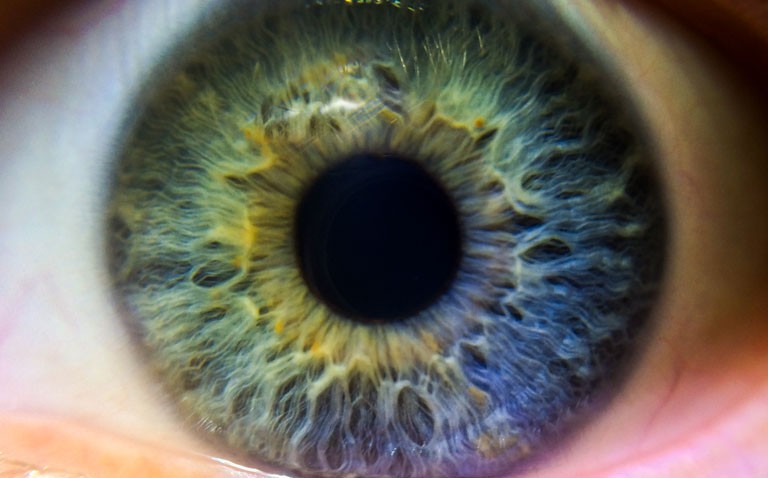The fact that COVID-19 could be transmitted via the ocular route has prompted the use of protective eyewear. However, while reports in the literature describe ocular symptoms among infected individuals, whether these are due to COVID-19 remains unclear.
Several studies have suggested that COVID-19 can give rise to ocular symptoms but the causal relationship with the virus is uncertain and this prompted researchers from the Advanced Eye Centre, Department of Ophthalmology, Chandigarh, India, to perform a systemic review and meta-analysis of the eye problems documented in patients with COVID-19. They sought to document the range and frequency of reported eye problems in prospective and retrospective studies as well as case series in patients with a confirmed diagnosis of COVID-19, based on a positive PCR and appearing in any age group. The primary outcomes for the study included the proportion of patients with ocular involvement, ocular complications and the percentage of patients who first clinical manifestation of COVID-19 was ocular involvement.
Findings
An extensive search of the literature identified 222 citations although after removal of duplicates and screening of abstracts, only 16 articles met the inclusion criteria. The analysis revealed that overall, 11.6% of those with COVID-19 experienced an ocular problem. The most common problems were pain (31%), watering (15.3%) and dryness (13.3%). Other possible manifestations included follicular conjunctivitis (7%), conjunctival chemosis (4.4%), while ocular redness or conjunctival congestion affected an average 10.8% of patients. Only 2.2% of studies reported on how ocular problems occurred as the first symptom of infection. Interestingly, the authors found that in 6 of the studies for which data was collected on PCR testing from conjunctival swabs or tear samples, among 335 patients, COVID-19 was detectable in only 12 (3.5%) samples. This lead to authors to discuss how it remained unclear from the studies, whether the ocular symptoms reported by patient developed as a direct consequence of infection or if these were present beforehand. Moreover, given the low positivity rates in ocular samples, it would suggest that the potential risk from ocular transmission is likely to have been overestimated.
Citation
Aggarwal K et al. Ocular surface manifestations of coronavirus disease 2019 (COVID-19): a systematic review and meta-analysis. PLoS ONE 2020 doi. org/10.1371/journal.pone.0241661










